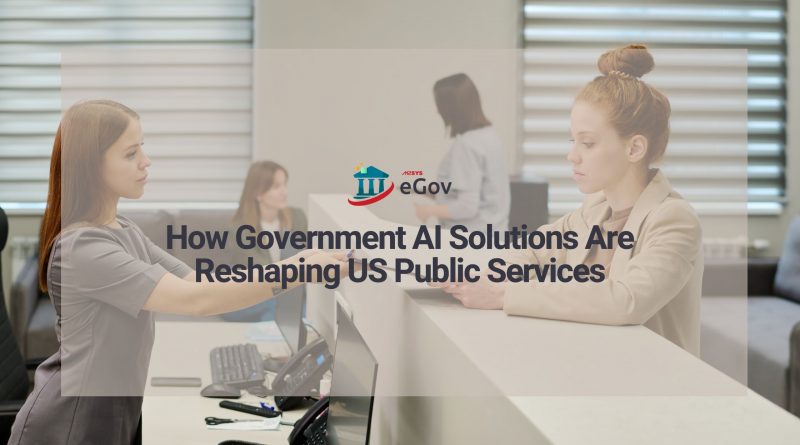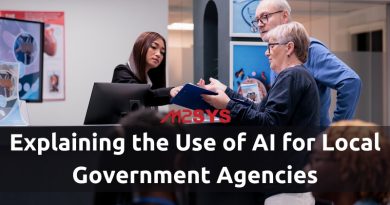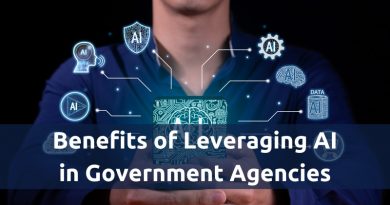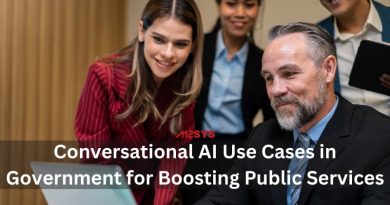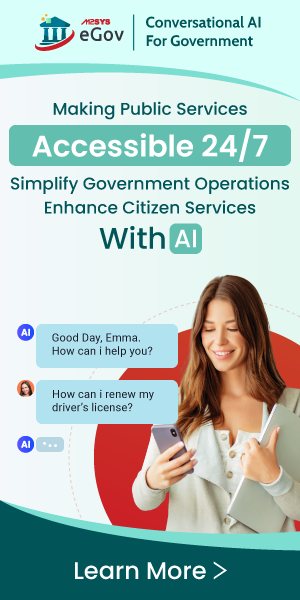How Government AI Solutions Are Reshaping US Public Services
The use of AI in American government organizations is improving operational efficiency, increasing citizen participation, and transforming the delivery of public services. In the forefront of this change are platforms like M2SYS eGov, which provide AI-driven solutions that either work in tandem with pre existing systems at the federal and state levels or allow for the creation of customized solutions that address the specific requirements of each jurisdiction.
Transforming Citizen Services with Conversational AI
Among the most far-reaching effects of AI for the government is the possibility of conversational AI chatbots providing citizens with immediate access to information and services. Simplifying operations and making public services accessible 24/7, M2SYS eGov’s sophisticated AI Assistant tackles the difficulties of government portal complexity, delays, and information overload.
These chatbots are able to comprehend citizen inquiries, give tailored replies, and even assist with complicated tasks like tax filing or permit applications because they use machine learning and natural language processing. Government officials are able to focus on more complex duties because this not only improves citizen engagement but also reduces their workload.
Streamlining Operations and Improving Efficiency
The internal operations of government organizations are likewise being revolutionized by AI-powered technologies. Government project deployment timelines can be shortened and expenses can be reduced by up to 95% using M2SYS eGov’s platform, which integrates automation, AI, and biometrics. By doing away with the requirement for costly, insecure, and time-consuming hand-coded solutions, system integrators can now design customizable eGovernance solutions for every government digitization project worldwide.
In addition, AI has the ability to streamline workflows, automate repetitive tasks, and offer decision-makers real-time information. The result is more openness in government operations, less room for mistakes, and higher productivity.
Enhancing Public Safety and Security
Improving public safety and security is another important area where AI is making a significant impact. Biometric and face recognition technologies driven by artificial intelligence can help government agencies streamline border clearance, verify legal crossings, decrease criminal activities, and keep accurate documentation.
To further ensure the security of critical government and citizen data, AI can be employed to identify and avert cyberattacks. Government organizations may safeguard vital infrastructure and remain one step ahead of ever-changing security threats by utilizing AI solutions such as those provided by M2SYS eGov.
Promoting Inclusive and Responsive Governance
Promoting inclusive and responsive governance is one of the main advantages of AI in government. Government agencies may provide equal access to public services for all residents, regardless of their location or socioeconomic level, by giving citizens instantaneous access to information and services through conversational AI chatbots.
On top of that, government organizations may use AI to collect and evaluate citizen feedback in real-time, which helps them address new demands and concerns faster. Citizens can gain faith in their elected officials and work toward a more open and responsible government as a result.
Conclusion
Artificial intelligence (AI) is revolutionizing public service delivery, improving citizen participation, and maximizing operational efficiency in US government institutions. The most innovative platforms in this space, such as M2SYS eGov, are providing AI-driven solutions that can be easily integrated with current systems or tailored to suit the specific requirements of any jurisdiction.
Government organizations can boost efficiency, ensure the safety of the public, and encourage more inclusive and responsive leadership by harnessing the potential of artificial intelligence. We may anticipate further creative uses of Government AI solutions in the future as the government’s use of AI increases.

